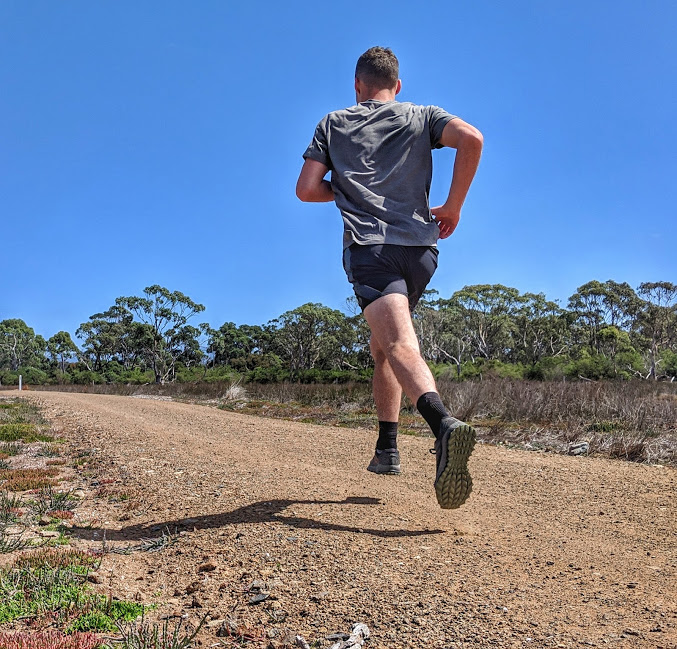Running injuries can be debilitating, physically and mentally. All you want to do is get back to the sport you love. A running physiotherapist is your best bet for assistance, however as with all professions, not all running physiotherapists are created equal.
When to avoid a physiotherapist
1. The running physiotherapist tells you to come back and see them 2 x per week for 6 weeks…after seeing you once. If your physiotherapist says you need to come back multiple times per week (for “manual therapy’) for multiple weeks, you should run the other way. They are likely looking to make money, not help you.
2. The physiotherapist tells you to “give up running” or that “running is damaging your (insert body part here). Your physiotherapist should be looking to keep you playing the sport you love. For many running injuries, you can keep running with a modified training program. However, for some injuries such as stress fractures, a break from running is usually required.
3. Your physiotherapist does dry needling or gives you a massage but doesn’t provide any exercises or help you modify your training program. Manual therapy such as dry needling and massage is like a paracetamol, consequently it’s great for masking pain in the short term but it does not address the cause of your injury.
What to look for in a GOOD running physiotherapist
1. They look at your training program from the past 4-6 weeks! The vast majority of running injuries are overuse/under preparation injuries caused partially by training load errors. This could be a sharp increase in running volume or running intensity. For example, you suddenly jumped from 30kms per week to 60kms per week or you started doing tempo runs and intervals sessions multiple times per week when you hadn’t done them before.
2. Your running physiotherapist aims to keep you running whilst managing the injury. This might look like reducing the volume/intensity of your running to reduce irritability, getting you running uphill on a treadmill to reduce loads on the ITB or knee or introducing cross training like cycling. There are many ways to keep running or keep aerobically fit whilst managing an injury. Your physiotherapist should be able to assist with planning an appropriate training program for you.
3. They look at your whole body, not just the injured area. You come in with a knee/hip/calf injury. Yes your physio should look at the injured area, but they should also be looking at movement and strength up and down the kinetic chain. For example, your knee may be overloaded due to poor quadriceps strength, or it could be due to a low cadence and high stride length, or maybe it’s due to poor calf strength and and too much knee flexion when landing, or maybe it’s all of the above. Your running physiotherapist should be looking at the big picture, not just one joint or one muscle.

